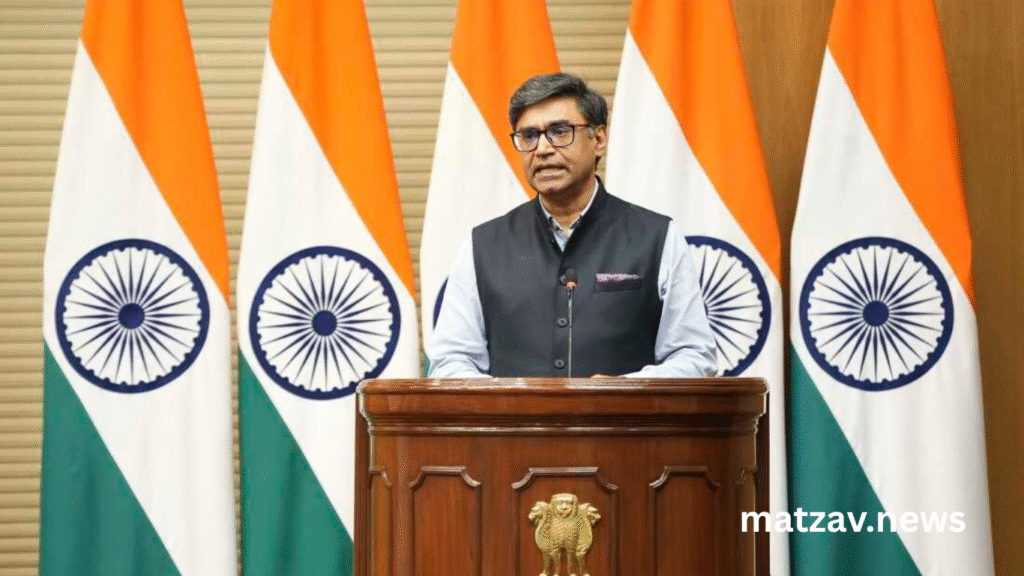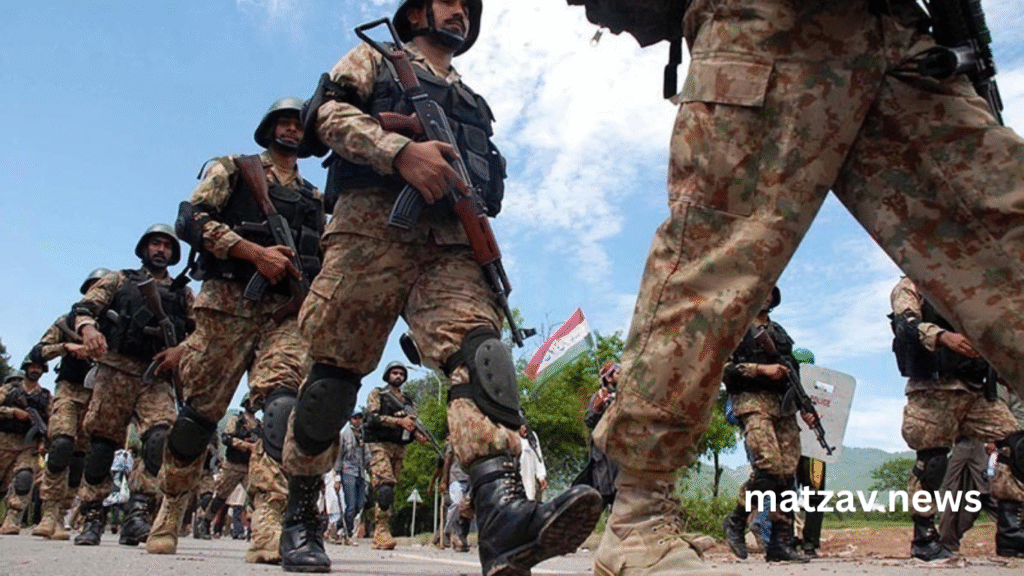Tensions between India and Pakistan have escalated once again following reports of multiple explosions in the Kashmir region, days after both countries announced a renewed ceasefire agreement. The fragile peace brokered through diplomatic backchannels was aimed at curbing the decades-long conflict in one of the most militarized regions in the world.
The recent blasts have cast doubt on the durability of the ceasefire, reigniting security concerns and prompting widespread speculation about who is responsible. As regional stakeholders and international observers weigh in, the delicate balance of peace in South Asia appears more precarious than ever.
Recent Explosions Rocking Kashmir
Details of the Incidents
Multiple explosions were reported in both the Indian and Pakistan-administered sides of Kashmir. Initial reports suggest targeted attacks on military outposts and civilian areas. Security forces have been deployed in large numbers as investigations continue into the source of the attacks.
Casualties and Damage
Preliminary data from local authorities indicates several injuries and property damage. Hospitals have been placed on high alert, and emergency services are working around the clock to assist the affected regions.
Background of the India-Pakistan Ceasefire Agreement

The History Behind the Ceasefire
India and Pakistan agreed to uphold the 2003 ceasefire agreement along the Line of Control (LoC), reaffirming commitments in early 2021 and again recently. The goal was to reduce tensions and avoid unnecessary escalations in the volatile region.
Diplomatic Channels and Peace Efforts
The ceasefire resulted from backchannel diplomacy facilitated by regional and international stakeholders. It represented a rare moment of consensus and a step towards stabilizing relations between the two nuclear-armed nations.
Political Reactions from Both Sides
India’s Official Response
India’s Ministry of External Affairs condemned the explosions and reiterated the country’s commitment to maintaining peace. However, they warned of appropriate retaliation if Pakistan is found to be complicit.
Pakistan’s Denial and Counterclaims
Pakistan’s Foreign Office has denied any involvement, instead pointing fingers at non-state actors and rogue elements. Islamabad has called for a joint investigation to maintain the integrity of the ceasefire agreement.
Military Movements and Border Surveillance

Heightened Security Measures
Both countries have ramped up surveillance across the LoC. Drone patrols, night-vision monitoring, and radar deployments have intensified as both sides aim to prevent further incidents.
Role of Local Militias
Intelligence reports suggest the possible involvement of separatist groups operating within Kashmir. These groups may be trying to sabotage the ceasefire by triggering cross-border conflicts.
Impact on Civilians in the Region
Fear and Uncertainty Among Residents
Local communities are grappling with fear, particularly in areas close to the LoC. Schools have been shut down, and movement is restricted as authorities fear more attacks.
Humanitarian Concerns and Displacement
Several families have been displaced due to the recent violence. Relief organizations are stepping in to provide food, shelter, and medical assistance, but logistical challenges remain significant.
International Reactions and Concerns
United Nations and Global Community
The United Nations has urged restraint and called on both nations to honor the ceasefire. Western countries have also expressed concern, emphasizing the need for dialogue and stability in the region.
China’s Strategic Interests
China, which shares a border with India and Pakistan, has remained cautious. Due to its regional interests, Beijing has encouraged both sides to resolve the matter diplomatically while closely monitoring developments.
Media and Misinformation

Spread of Fake News on Social Platforms
In the wake of the explosions, misinformation has surged across social media platforms. Fake videos, unverified claims, and doctored images are fueling panic and misdirecting public opinion.
Role of Journalists in Crisis Reporting
Credible news organizations are working under challenging circumstances to provide verified updates. Their role is crucial in distinguishing fact from fiction and ensuring accurate public discourse.
Future of the Ceasefire Agreement
Potential for Dialogue or Escalation
Analysts remain divided on whether the ceasefire can survive the current crisis. While some advocate for renewed diplomatic talks, others warn of a possible escalation if tensions are not defused quickly.
Importance of Regional Cooperation
Stability in South Asia hinges on cooperative security measures and mutual trust. The involvement of neighboring countries and international bodies will be key in preventing future conflicts.
Frequently Asked Questions
What caused the explosions in Kashmir after the ceasefire?
While investigations are ongoing, early indications point to attacks by militant groups opposed to the peace process.
Who violated the ceasefire, India or Pakistan?
As of now, both countries have blamed each other, and no conclusive evidence has confirmed which side initiated the ceasefire breach. Investigations are ongoing, and international bodies have urged restraint from both sides.
Is India’s Pak war ending?
There is no active full-scale war between India and Pakistan at the moment. While skirmishes and tensions continue, both countries officially maintain a ceasefire along the Line of Control.
Did India attack Pakistan’s airbase?
There is no confirmed report of India attacking a Pakistani airbase in 2025. However, both sides often accuse each other of cross-border aggression, which is usually denied officially.
Does the India-Pakistan war end in 2025?
There has been no formal war between India and Pakistan in 2025. Ongoing tensions and ceasefireceasefire violations have kept the situation tense, but no official war declaration has been made.
Who is the winner of the India-Pakistan War 2025?
In 2025, neither India nor Pakistan declared war or victory. Conflicts remain localized and are typically addressed through diplomatic or military channels without full-scale warfare.
How many times has India had a war with Pakistan?
India and Pakistan have fought four major wars: in 1947–48, 1965, 1971, and 1999 (Kargil conflict), along with numerous military skirmishes and border incidents over the years.
What is ceasefireceasefire in the army?
A ceasefire is a temporary or permanent agreement between warring parties to stop hostilities. In military terms, it means halting attacks and engagements, often to enable negotiations or maintain peace.
Who won the 1999 war between India and Pakistan?
India is widely considered to have won the 1999 Kargil War by regaining control of strategic peaks and forcing Pakistani intruders to withdraw. The victory was seen as a significant military and diplomatic success for India.
What was the biggest war in Indian history?
The Indo-Pakistani War of 1971 is considered the most significant war in modern Indian history. It led to the creation of Bangladesh and involved large-scale military engagement on both eastern and western fronts.
Conclusion
The explosions in Kashmir have added a fresh layer of complexity to the already fragile India-Pakistan relationship. While diplomatic efforts continue, the path to peace remains uncertain, requiring vigilance, cooperation, and sustained dialogue.
